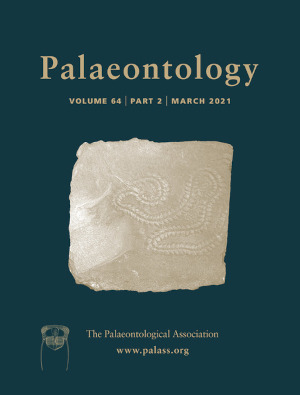Reg. Charity No. 1168330

The use of surface digitization techniques and methods in palaeontology has increased in the last two decades, mainly due to recent improvements in devices and software. However, many digitization efforts are published only as 3D models, with only a few details on the exact protocols used and sometimes not even indicating how to access these digital data, thus reducing the long‐term reusability of the obtained files. It is important to include this information, as the applied techniques and workflows have significant effects on the final quality of 3D models. We compare 3D meshes created by seven different surface digitization techniques and protocols for a sauropod caudal vertebra and a testudine turtle in a flat slab of rock. These two specimens represent typical examples of objects in vertebrate palaeontology collections, making them a suitable sample for our tests. Besides these quantitative and topological comparisons we also have computed visual perceptual metrics, which aim to predict the visual quality of a 3D model as perceived by a human observer. Our results agree with previous works, confirming that photogrammetry is one of the most suitable options for obtaining high quality 3D models of fossils, producing higher quality meshes than current structured light 3D scanners.
AcknowledgementsWe would like to thank M. Belvedere (Università degli Studi di Firenze, Italy), B. Schurian and K. Mahlow (Museum für Naturkunde Berlin, Germany), E. Frey (Naturkundemuseum Karlsruhe, Germany), A. Pérez‐García and D. Vidal (UNED, Madrid, Spain), J. Marcé‐Nogué (Universitat Rovira i Virgili, Tarragona, Spain), G. Lavoué (LIRIS, INSA de Lyon, France) and D. Girardeau‐Montaut (CloudCompare, France) for their invaluable help and comments, that greatly helped in the development of this work. J. Liston (Royal Tyrrell Museum of Palaeontology, Drumheller, Canada) kindly reviewed the English of the manuscript. We would like to thank S. Lautenschlager, S. Thomas, B. Lomax, I. Rahman and an anonymous reviewer for their useful comments and suggestions, which greatly improved the first drafts of this manuscript. This project is funded by the Berliner Hochschulprogramm für Wissenschaftlerinnen und Künstlerinnen‚ DiGiTal – Digitalisierung: Gestaltung und Transformation’. AB is supported by the Xunta de Galicia, Spain (ED481B 2017/027).